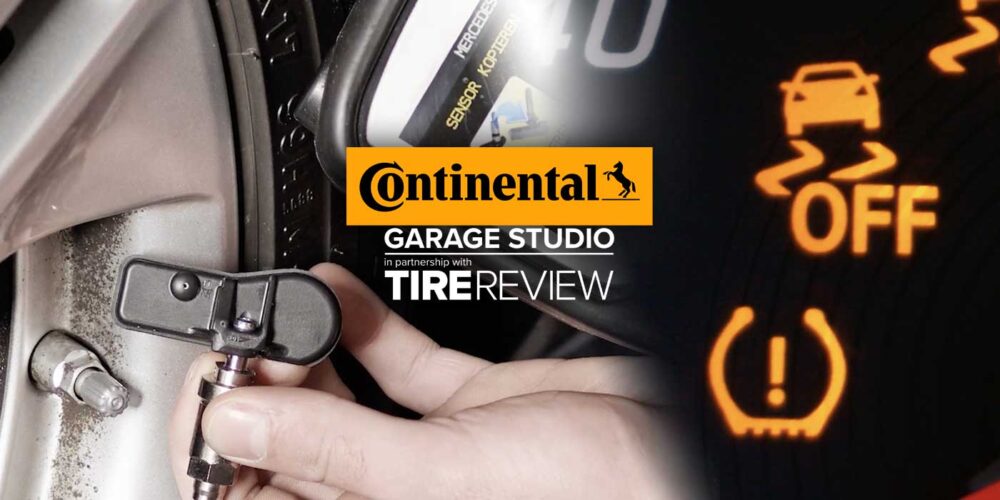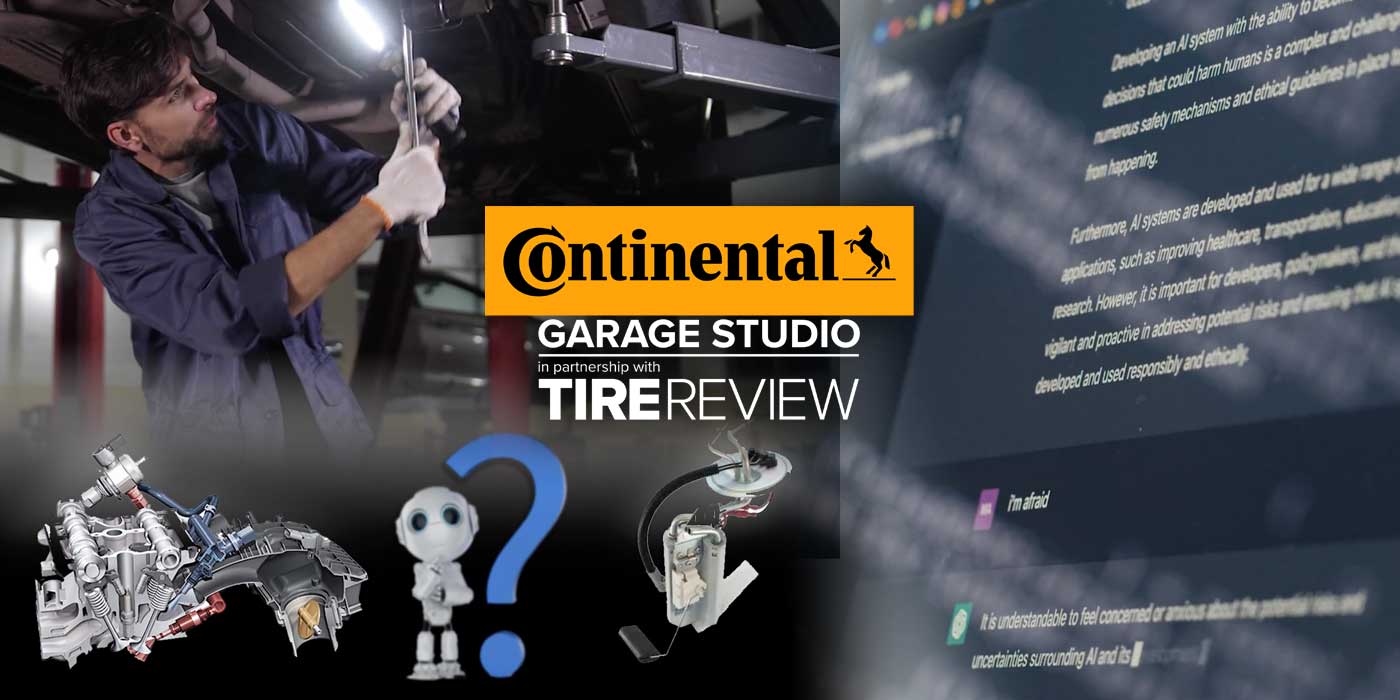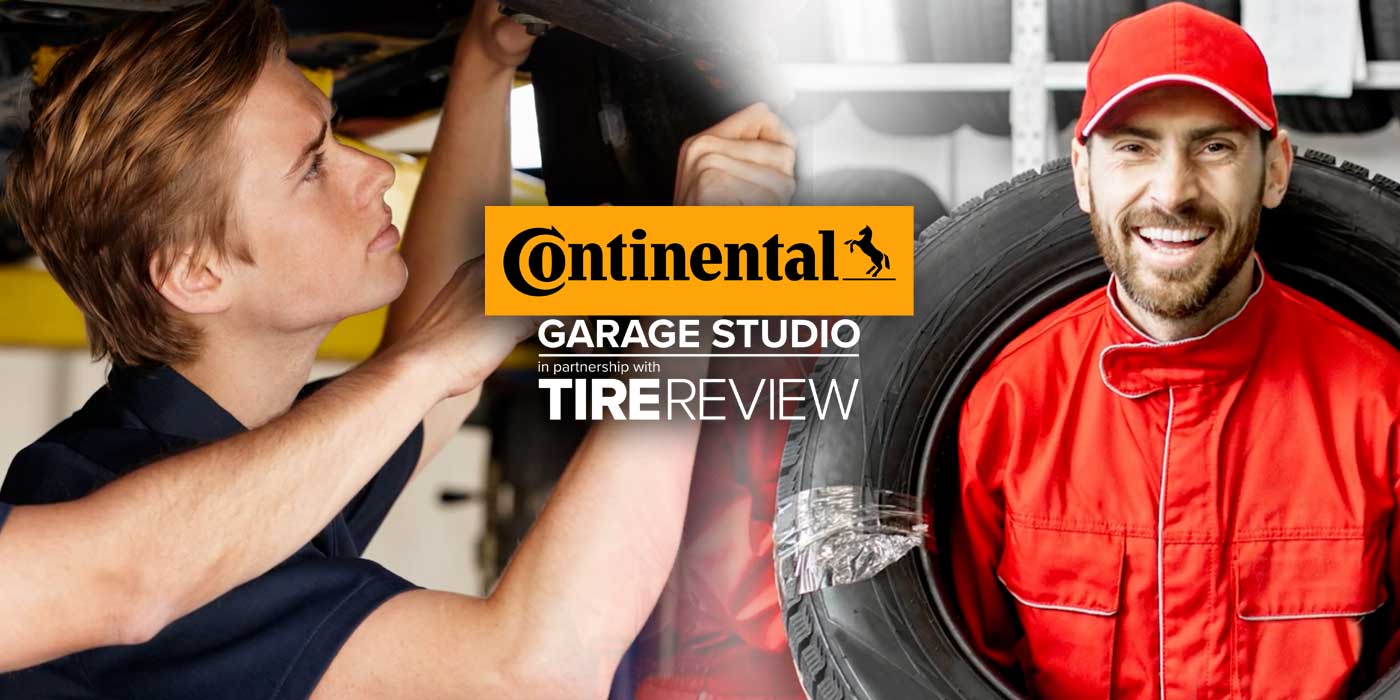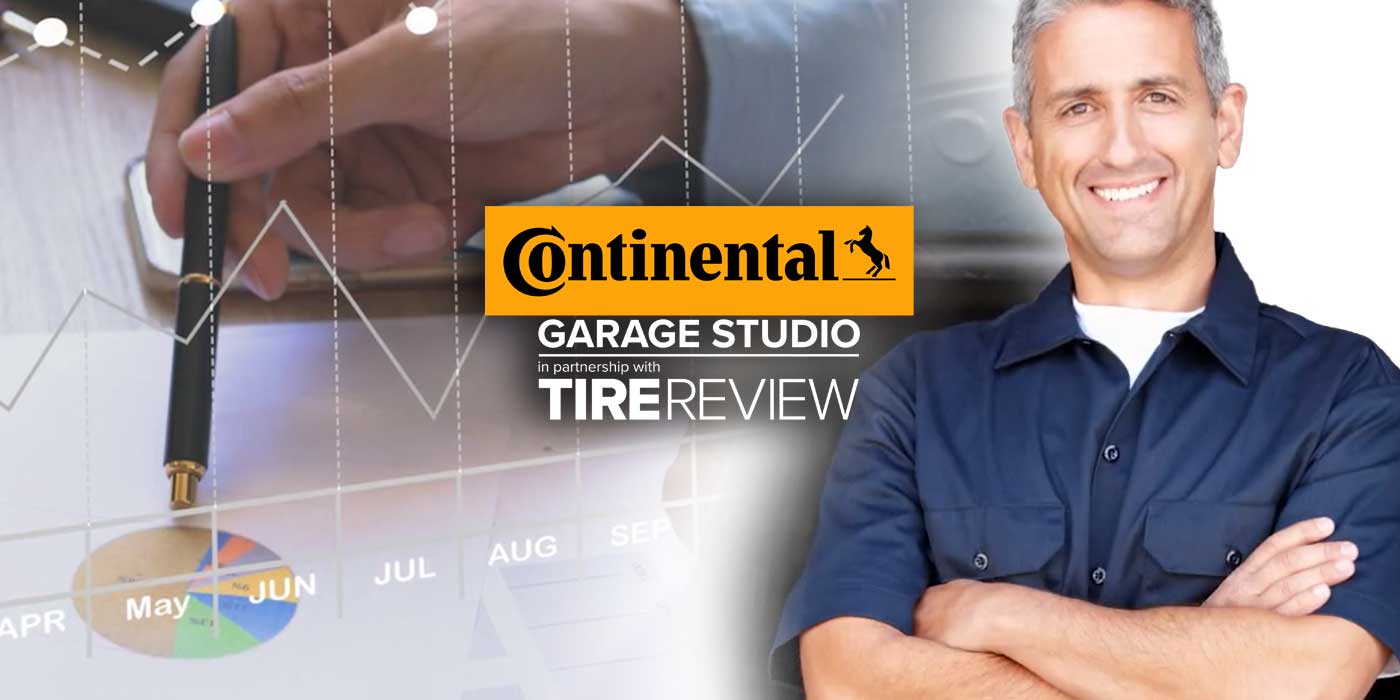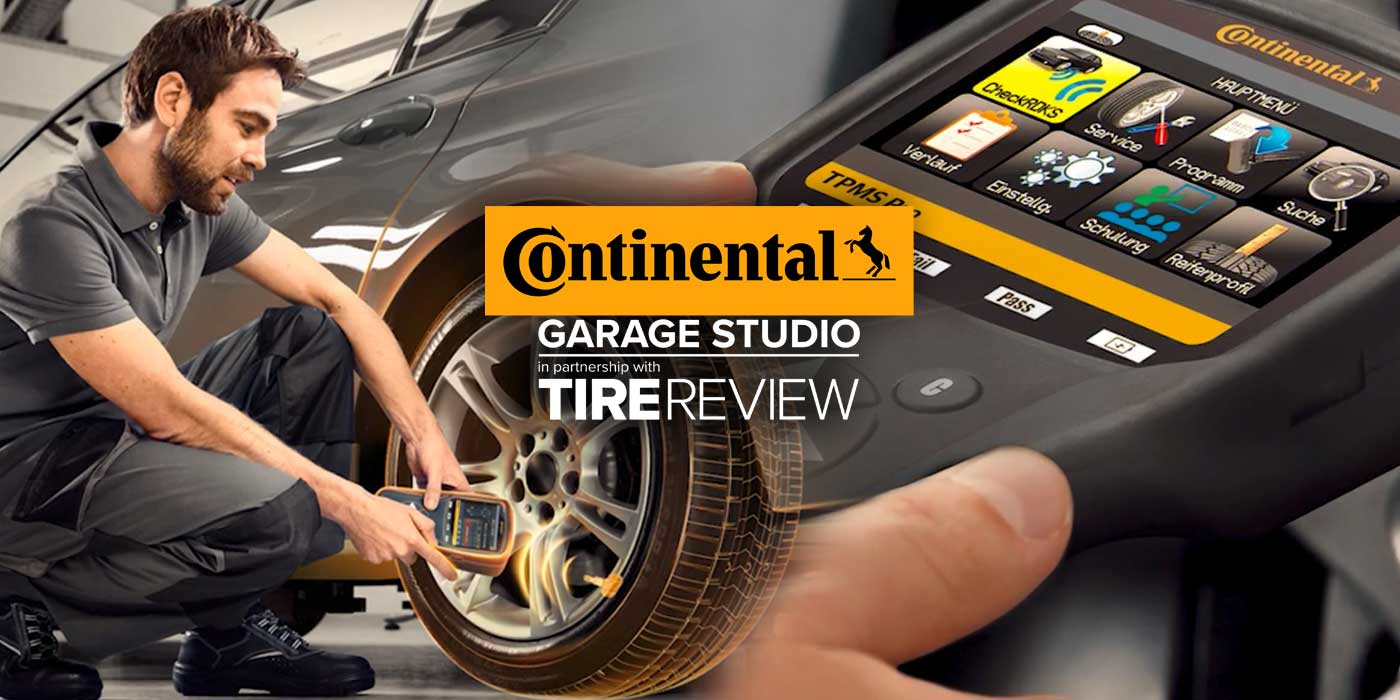As a tire dealer, you know that tread depth plays a role in rolling resistance – and your customers should, too. Let’s delve into this relationship and how to explain it to customers.
Tires have to generate a minimum amount of heat and friction and have great heat transfer capabilities to ensure good rolling resistance. This is only made possible with additional tread depth.
More rubber in a tire means more heat generation, higher friction and less heat dissipation, which is why increasing tread depth increases rolling resistance, and in turn, lowers fuel efficiency.
While the technology in tread compounds in recent years has allowed for lower tread depth and keeping the same performance characteristics, it is still a challenge to improve rolling resistance on higher tread depth tires. Tires with higher tread depth, such as light-truck tires, have less rolling resistance than a lower tread depth tire, such as passenger car tires.
Rolling resistance is at its peak with new tires. As a tire wears, rolling resistance gradually decreases by about 20%. This is due to less tread mass and rubber squirm. The tread compound also hardens during a tire’s years of service and exposure to the elements. Switching from worn tires to new tires increases rolling resistance by 20%.
There’s also a connection between tread depth and traction. More tread depth means more tread block movement, which means lower dry braking performance. A good example of this would be an all-terrain tire with its chunky tread blocks.
In contrast, let’s take a look at racing slicks. Ever wonder why race cars run on slicks in dry conditions? It’s because racing slicks are the best dry braking tires.
This same disadvantage can be an advantage in snow and wet conditions as increased tread depth often increases water evacuation in wet conditions and increases tire-biting edges in snow conditions.
Tire engineers adjust tread depth depending on what type of traction performance is a priority in the tire.





